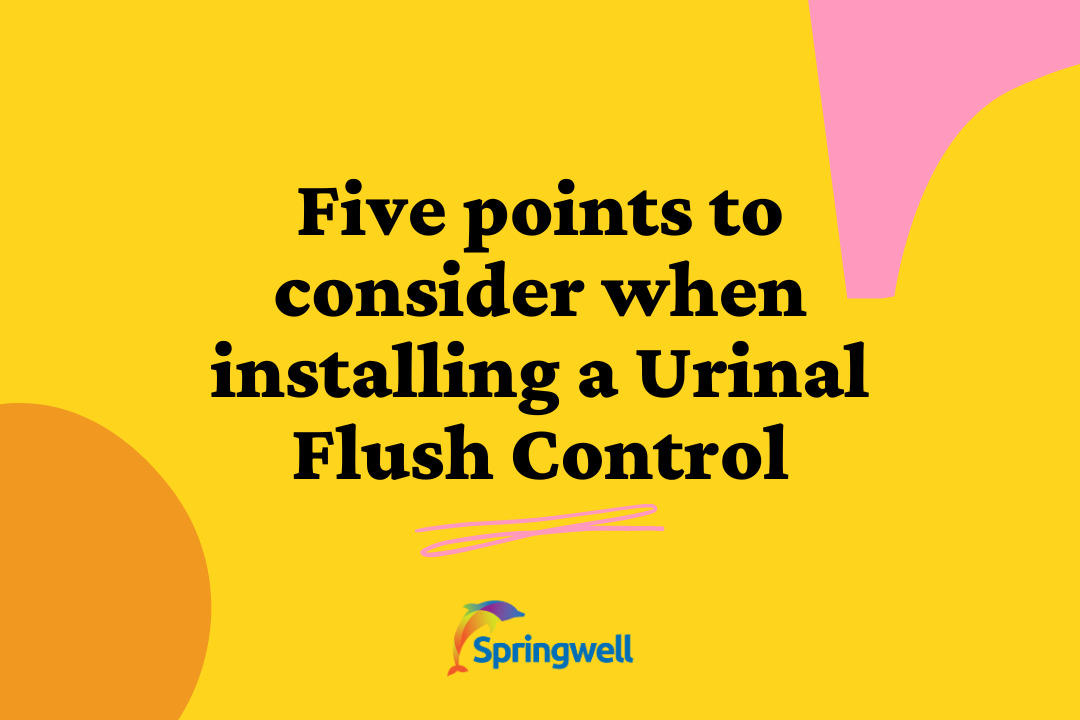
Five points to consider when installing a Urinal Flush Control
Share
Before commencing work on any pipework it’s worth taking some time to review the existing set up and making a brief plan. It’s also worth having a read of any product installation instructions before work begins. Getting a request to revisit a site due to an incorrectly fitted valve is time and reputation that could have been saved with successful planning. After all, failing to prepare is preparing to fail.

Future Maintenance
Practical aspects of future maintenance is an important point to be considered. The design should consider that subsequent modifications may require systems being drained down. In this case the design should include a sufficient number of stop valves for isolating parts of the pipework. Not only does this make draining down a small section of pipework quick and easy, it also minimises the discharge of water.
Cistern or no cistern?
The Water Supply (Water Fittings) Regulations 1999 state that water systems must contain a method of preventing the backflow of water to protect the supply from contamination. The easiest and simplest method to achieve this is to use a cistern. The break between the incoming water pipe and the cistern ensure backflow of contaminated water can not occur. Without a cistern a suitable pipe interrupter for Fluid Category 5 would be required.
Power Source
Often in commercial washrooms, getting mains power to a suitable location isn’t straightforward. For this reason battery powered flush controllers are a suitable alternative. It is beneficial however to install a product with reliable and long lasting battery packs to ensure uptime and minimal maintenance. For example, by using electronic design expertise, the SF4B Springwell Smartflush achieves a 5-6 year battery life.
Access to Technical Support
Usually the fitting of a Flush Control is fairly straightforward but that shouldn’t be taken for granted. It’s prudent to know where to get help/advice if required. Knowing that an expert is on the end of the phone when/if you need them offers reassurance and confidence.
How often and when the washroom area will be used
How often and when urinals are used will determine how frequently they should be flushed. The aim is to balance water saving with hygiene. More advanced electronic urinal controls can be programmed to flush after a certain interval. For example, Springwell Smartflush can be set to flush 20, 30, 40 or 60 minutes after detection. With use of a PIR sensor the flush will only occur after use.
For further information please take a look through our website or contact us via our website at https://springwellsmartflush.co.uk/pages/contact-us
Springwell Microelectronics Ltd
